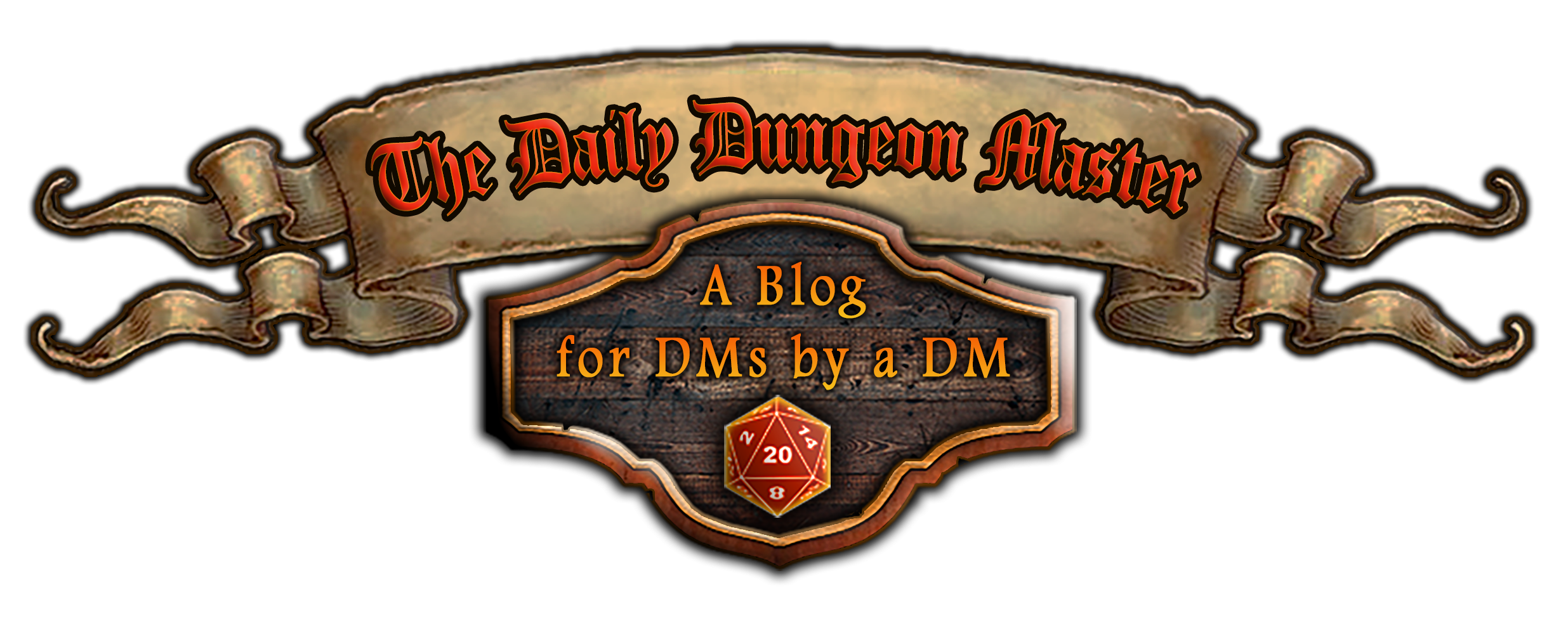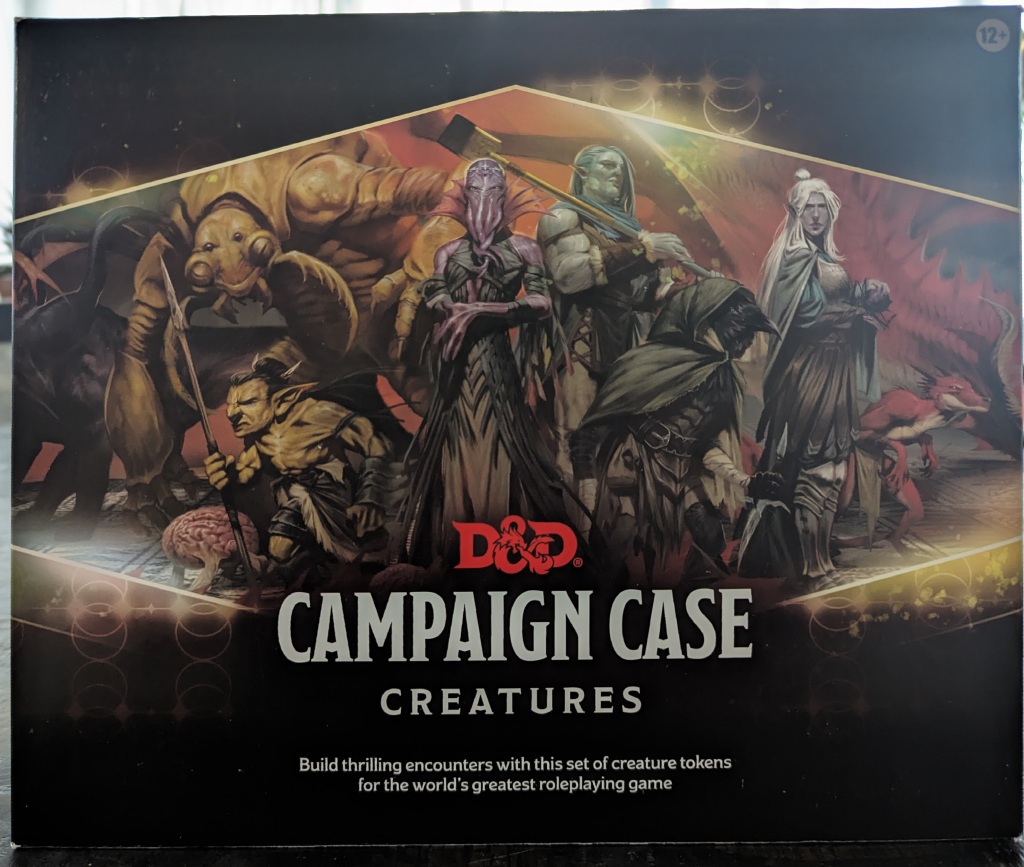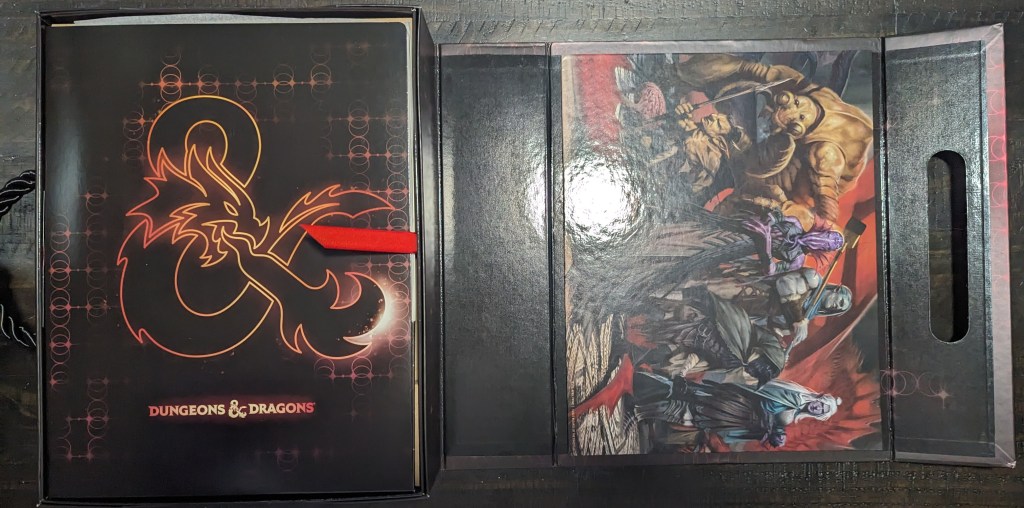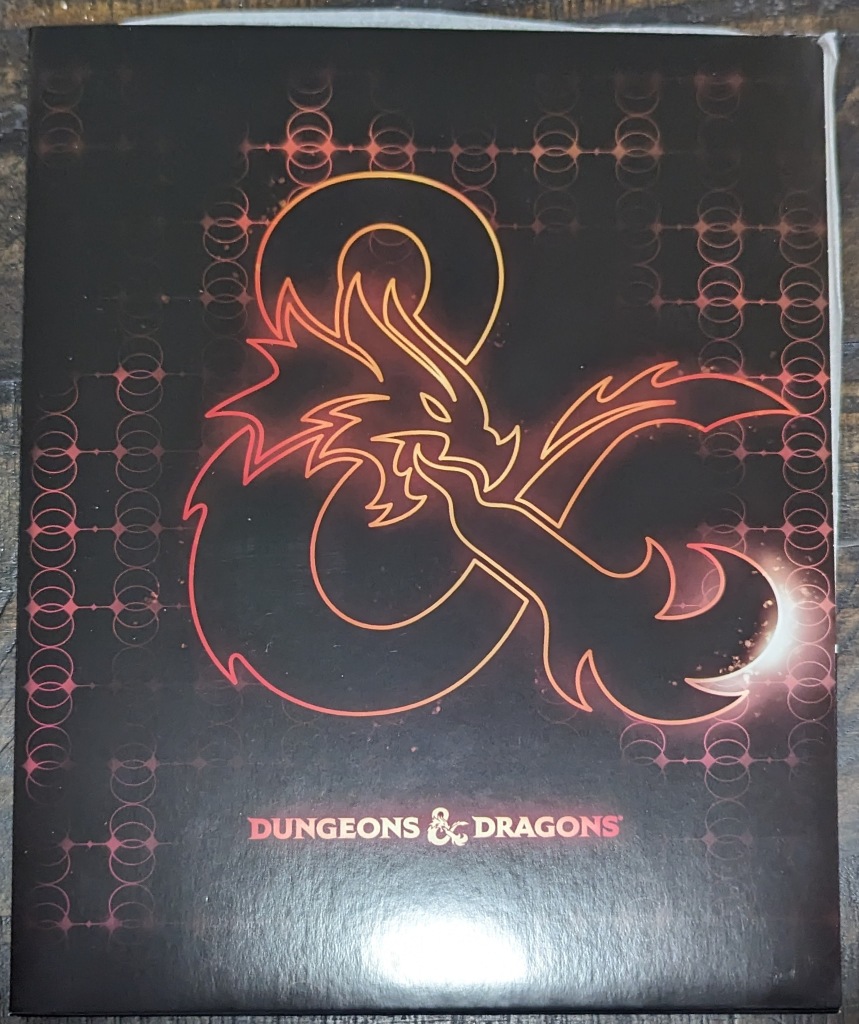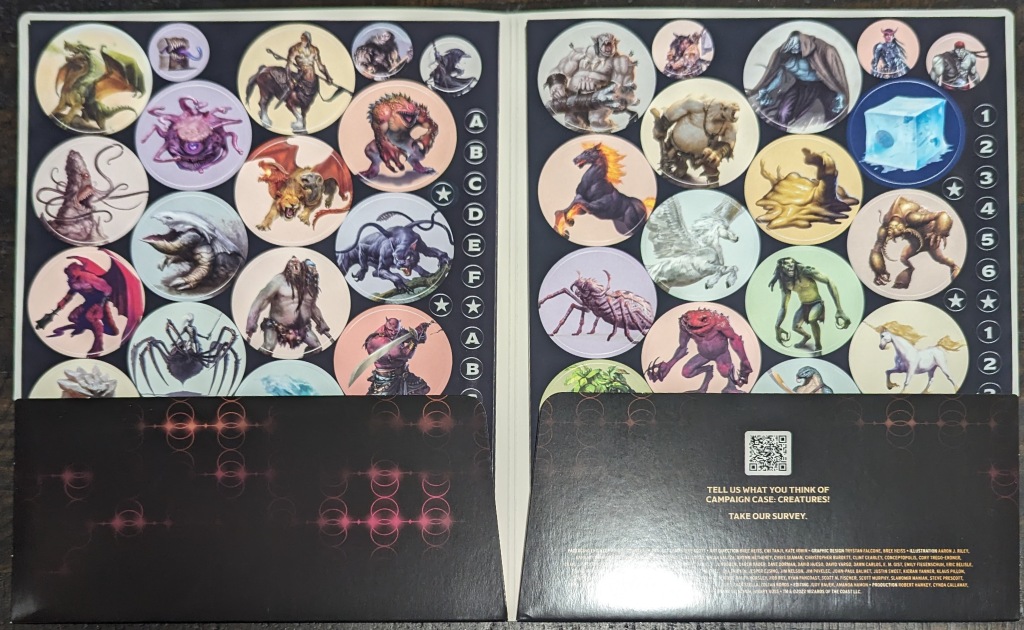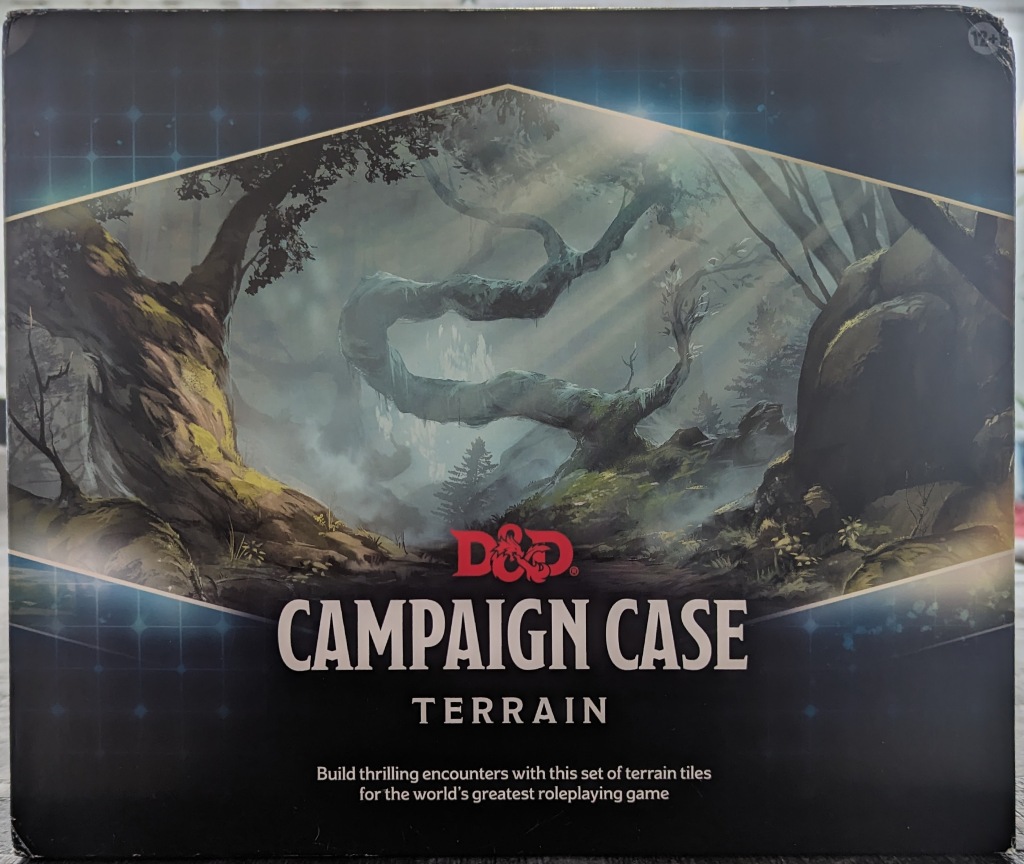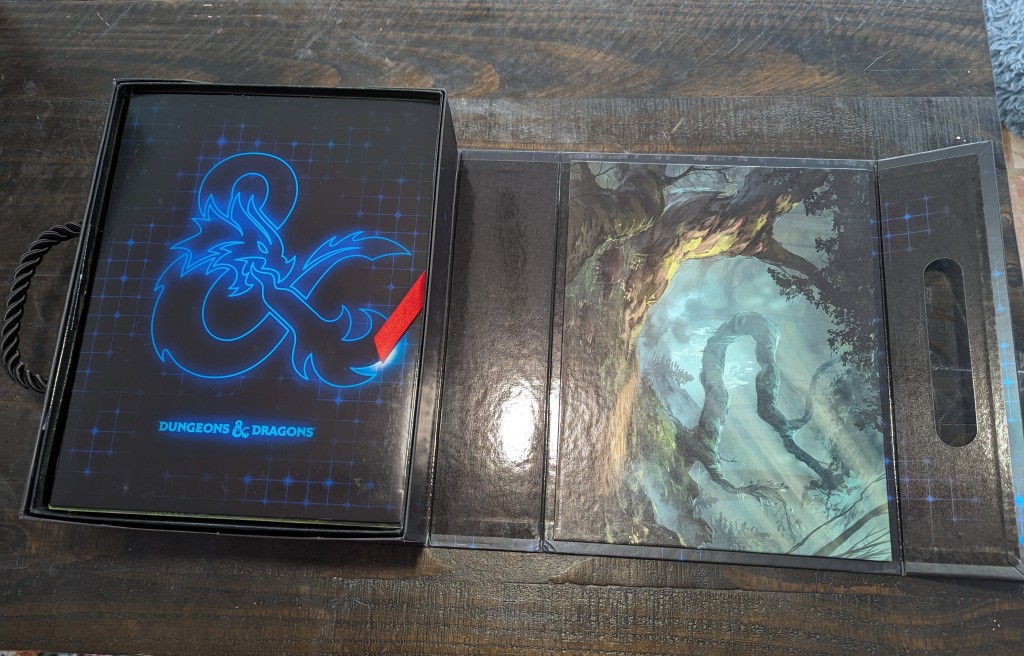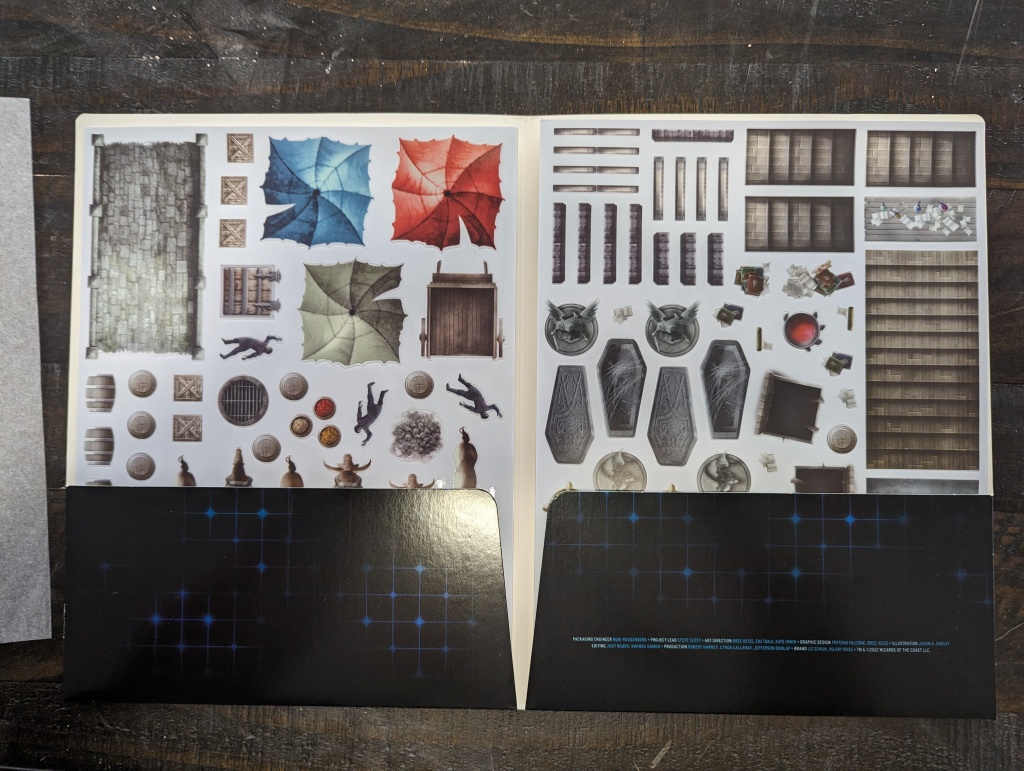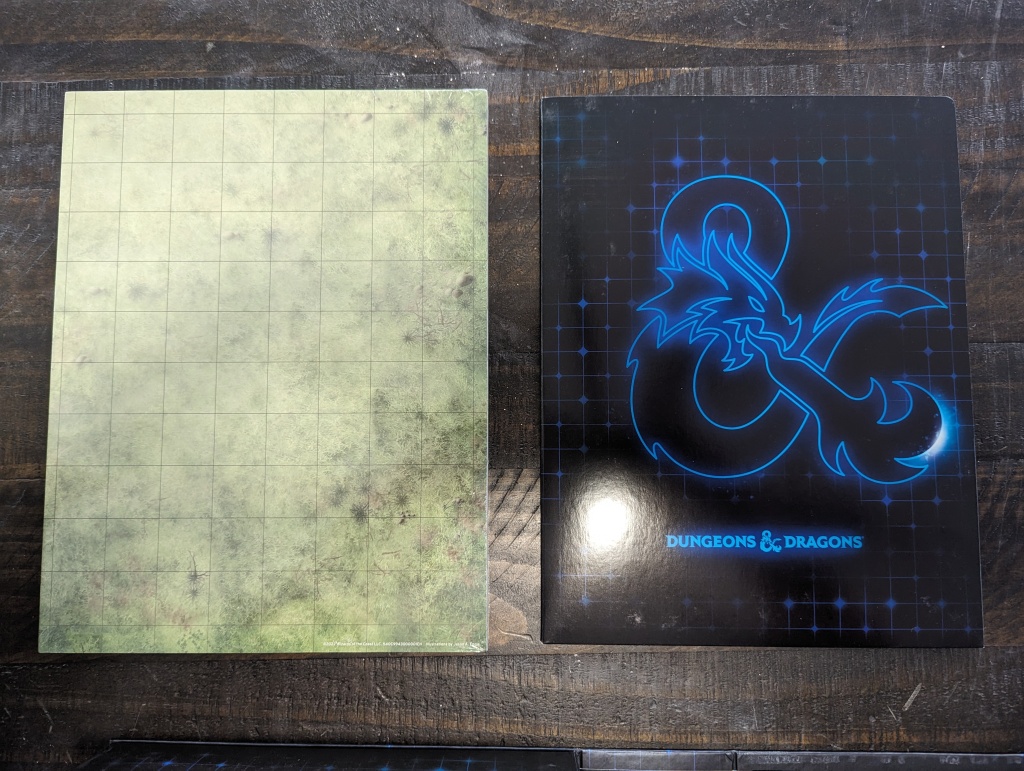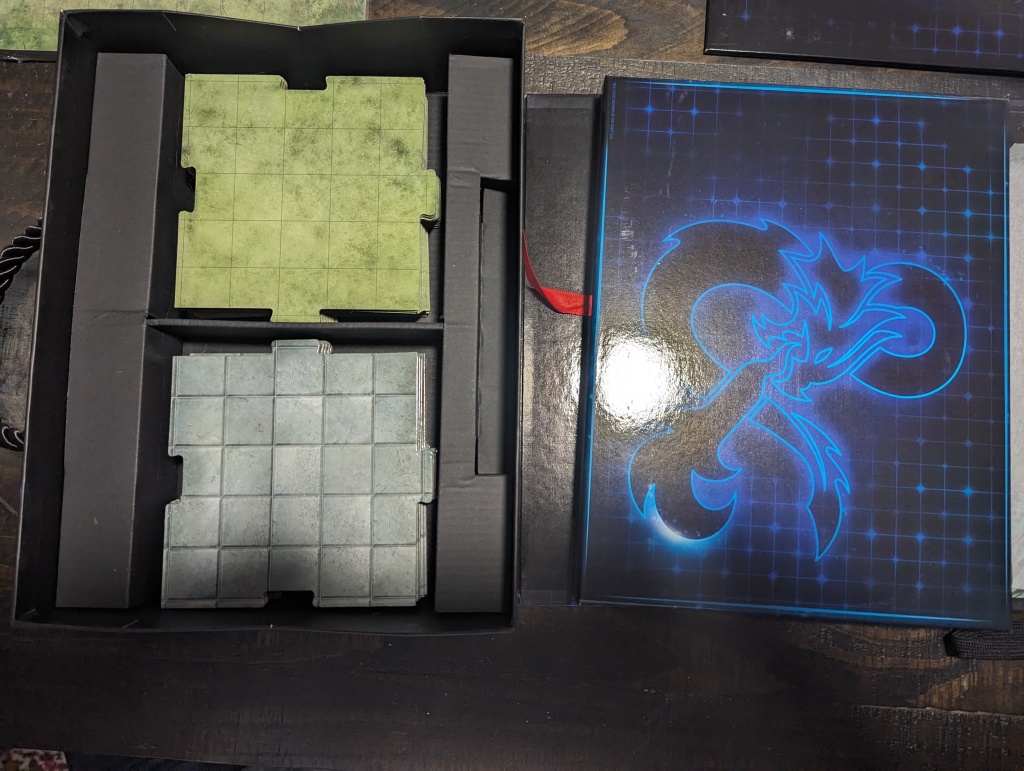Dear readers, in the realm of tabletop roleplaying games, few names carry as much weight and reverence as Dungeons & Dragons. Since its inception in the early 1970s, D&D has grown from a niche hobby played by a handful of enthusiasts to a cultural phenomenon that has shaped the landscape of gaming and storytelling worldwide. At the heart of this legacy are the pioneers—the visionary creators and Dungeon Masters who laid the foundations for generations of adventurers to come. In this blog post, we embark on a journey to honor these trailblazers, explore their contributions to the game, and celebrate the enduring impact of their work.
Origins of Dungeons & Dragons
To understand the legacy of Dungeons & Dragons, we must first delve into its origins. In the late 1960s and early 1970s, Gary Gygax and Dave Arneson, two avid wargamers, began experimenting with a new style of tabletop gaming that combined elements of strategy, storytelling, and imagination. Drawing inspiration from fantasy literature, mythology, and historical events, they developed a set of rules that allowed players to assume the roles of heroic adventurers exploring dungeons, slaying monsters, and amassing treasure. This revolutionary game, initially known as Chainmail Fantasy Supplement, laid the groundwork for what would later become Dungeons & Dragons.
Gary Gygax: The Father of Roleplaying Games
No discussion of D&D’s legacy would be complete without paying homage to Gary Gygax, often hailed as the father of roleplaying games. As co-creator of Dungeons & Dragons, Gygax played an instrumental role in shaping the game’s mechanics, lore, and ethos. His imaginative world-building, meticulous rules design, and passion for storytelling set the standard for the burgeoning hobby of tabletop RPGs. From the publication of the original Dungeons & Dragons boxed set in 1974 to his continued contributions to the game through supplements like the Dungeon Master’s Guide and modules like “Tomb of Horrors,” Gygax left an indelible mark on the gaming industry and inspired countless players and game designers around the globe.
Dave Arneson: The Inventive Innovator
While Gary Gygax is often credited as the public face of Dungeons & Dragons, Dave Arneson played an equally vital role in the game’s creation and evolution. As Gygax’s collaborator and co-developer of the original ruleset, Arneson brought his own creative flair and innovative ideas to the table. It was Arneson who introduced the concept of individual character development, player-driven narratives, and immersive roleplaying experiences—elements that would become central to the DNA of Dungeons & Dragons. Despite his untimely passing in 2009, Arneson’s contributions continue to reverberate throughout the gaming community, reminding us of the boundless possibilities of imagination and invention.
Legacy of Adventure: Celebrating Classic Modules
One of the most enduring legacies of the early Dungeons & Dragons pioneers is the wealth of iconic adventures they created. From sprawling dungeon crawls to epic quests, these modules captured the imagination of players and DMs alike, setting the stage for countless memorable gaming experiences. Classics like “The Keep on the Borderlands,” “The Temple of Elemental Evil,” and “The Tomb of Horrors” remain beloved by fans for their ingenious design, challenging encounters, and rich storytelling. As we revisit these timeless adventures, we pay tribute to the creativity and craftsmanship of the Dungeon Masters who brought them to life, inspiring generations of gamers to embark on their own quests for glory and treasure.
Evolution of Dungeon Mastering: From Gygax to Mercer
The art of Dungeon Mastering has evolved considerably since the early days of Dungeons & Dragons, thanks in no small part to the pioneering efforts of visionaries like Gary Gygax and Dave Arneson. While their approach to DMing was rooted in improvisation, creativity, and a deep understanding of the game’s mechanics, contemporary DMs have built upon this foundation, incorporating elements of storytelling, world-building, and character development to create immersive and engaging experiences for their players. Figures like Matt Mercer, renowned for his work on Critical Role, have elevated the role of the DM to new heights, demonstrating the power of collaborative storytelling and the enduring appeal of tabletop RPGs in the digital age.
The Continuing Legacy: D&D in the 21st Century
As we reflect on the legacy of the Dungeon Masters who paved the way for Dungeons & Dragons, it’s clear that their impact extends far beyond the confines of the gaming table. From the countless friendships forged over shared adventures to the thriving community of fans, artists, and creators who keep the spirit of D&D alive, their influence can be felt in every corner of popular culture. As D&D enters its sixth decade, it continues to evolve and adapt, welcoming new generations of players into its fold and inspiring fresh innovations in game design, storytelling, and interactive entertainment. And while the pioneers of Dungeons & Dragons may no longer be with us, their spirit lives on in the hearts and minds of adventurers everywhere, ensuring that their legacy will endure for years to come.
Conclusion
In the grand tapestry of gaming history, Dungeons & Dragons stands as a testament to the power of imagination, creativity, and collaboration. And at the heart of this storied legacy are the Dungeon Masters who dared to dream of worlds beyond imagination, who crafted tales of heroism and adventure, and who inspired countless others to embark on their own quests for glory and treasure. As we honor the pioneers of Dungeons & Dragons, let us remember their contributions with gratitude and reverence, and let us carry forth their legacy with pride, ensuring that the spirit of D&D continues to thrive for generations to come.
P.S. – I would like my Dear Readers to know that I am FULLY aware of the flaws that the current, and yes, past owners of the D&D franchise have and have had; this, in my humble opinion, should not, and for me, will not, detract from my love of the game itself, regardless of who owns the IP.
Long live open source gaming!
Until next time, Dear Readers…
